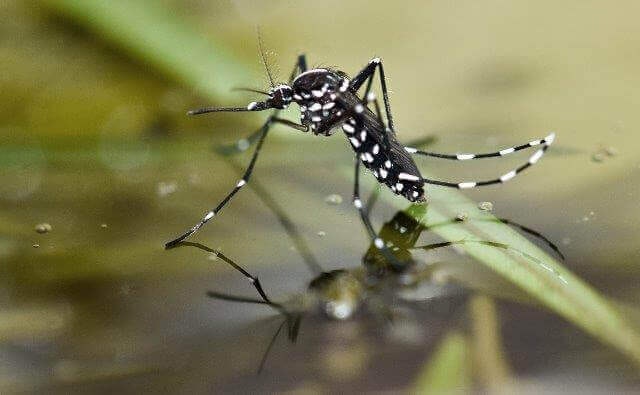West Nile Virus Detected in California Mosquitoes – Here’s How to Stay Safe

As California enters peak mosquito season, state health agencies are sounding the alarm: West Nile virus (WNV) has already been detected in mosquito populations across multiple counties including Sacramento, Kern, Tulare, and Santa Clara. Though no human infections have been reported yet in 2025, local vector control districts are urging residents to take proactive measures to avoid mosquito bites and reduce breeding sources.
Residents of Los Angeles County should be especially alert. The dense urban environment, coupled with a warming climate, provides ideal conditions for mosquitoes to breed and spread. Local vector control teams emphasize that West Nile virus is primarily transmitted through the bite of infected Culex mosquitoes, which thrive in stagnant water and are active during dawn and dusk.
To stay safe, officials recommend eliminating all standing water in and around your property—including bird baths, plant saucers, and neglected containers. Use EPA-registered repellents with DEET, picaridin, or oil of lemon eucalyptus. Wear long-sleeved clothing, ensure your screens are intact, and avoid outdoor activities during mosquito feeding hours. These steps are not just preventive—they are essential for public health.
The California West Nile Virus Surveillance Program updates weekly reports of infected mosquito pools. Residents can subscribe for alerts or report mosquito problems to their local vector control district.
